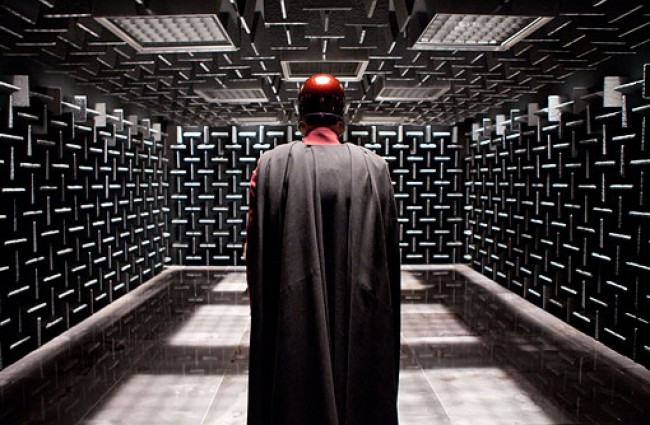
Compared to other animals, some of our human five senses can be considered pretty weak. For example, dogs have a better sense of smell than we do, and bats are the king of extreme hearing capabilities. Rather than taking our chances falling into a chemical vat for an X-Men style mutation, scientists at Duke University are experimenting with a new brain implant that could enhance our existing senses.
In a study published on scientific journal Nature Communication, the team at Duke University have been implanting lab mice with special devices to teach them to see infrared light – a source that’s normally invisible to the animal. In the experiment, scientists first taught mice to recognize LED light and poke their noses inside a port when the lights come on. Then, the team surgically attached and wired infrared cameras into the mice’s brain to help expedite sensory processing. When the camera detected infrared light, the wires would trigger and stimulate the rats’ brains. These stimulations got stronger each time the rats get closer to infrared light and turned their heads toward the direction.
After the training, the mice were put back into their original surroundings and LED lights were replaced with infrared. The experiment once again asked the mice to poke their noses through the correct port when it “sees” infrared light. At first, none of the rats responded to infrared lights coming on. However, after 26 days, all six rats learned to recognize the previously invisible light and found the right ports when the light lit up. Additionally, the rodents responded to whisker neuron stimulation, suggesting that sensory neurons may be able to respond to various kinds of taught cues.
In the initial experiments earlier this year, the team noted that the ability to teach rats a new sensory stimulation can help damaged brain cortex learn to receive and process traditional sensory triggers. With this extended research, a report by Scientific American states that this experiment could lead to better prosthetic limbs in the future, allowing the wearer to have constant sensory control over their new body parts. The findings also suggest that these implants could enhance a human’s five traditional senses, meaning we might be able to see, touch, taste, hear, and smell things we currently cannot.
With great powers come greater responsibilities, of course. If we all had enhanced hearing, the world would become a much noisier place – as if it’s not hard enough to block out all the nonsense out there. On the other hand, the ability to see so well, we could tell which direction is north without needing a compass would make traveling much less of a pain. Are you ready for a mutant-filled society?
Editors' Recommendations
- Brainwave-reading temporary tattoos could take wearable tech to the next level
- Brain-stimulating implant can turn down Parkinson’s symptoms as required
- Brain stimulation treatment could be an alternative to antidepressants
- Researchers use brain-machine interface to create a sixth sense in rats
- Implant restores sight in blind patients by beaming images directly to the brain


